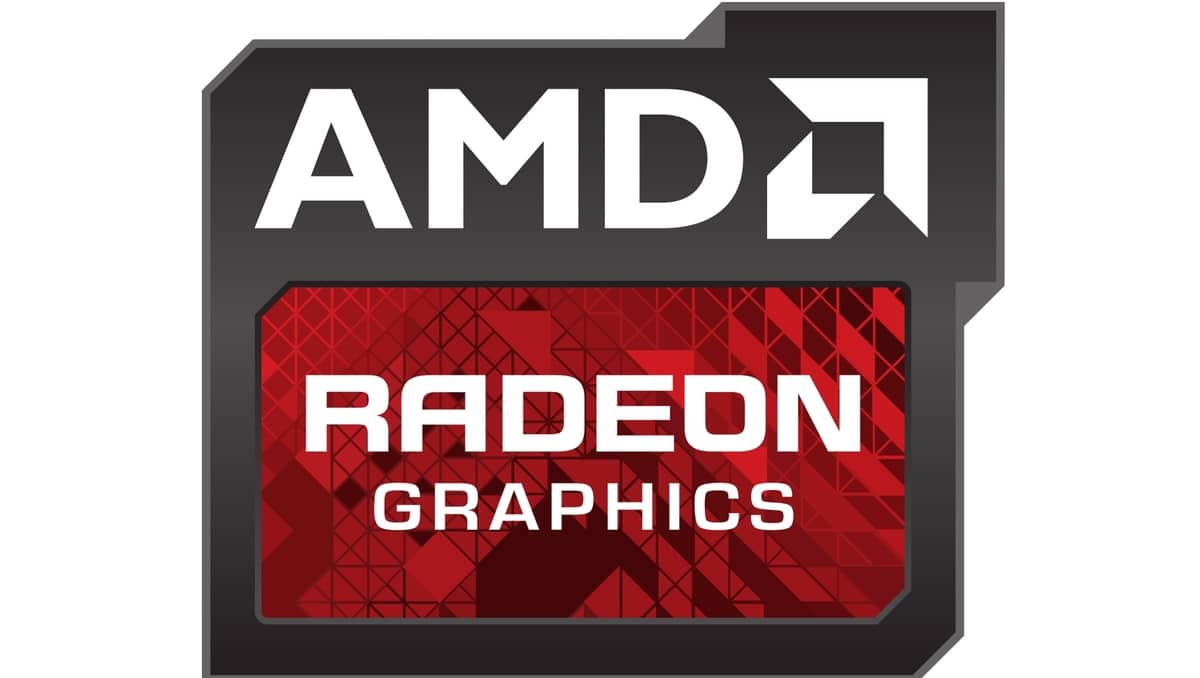
The title may seem strange, but the truth is that if you analyze the Linux kernel itself is quite small if you remove all the code corresponding to the drivers. They are precisely the ones who have made the Linux kernel grow in size and lines of code. And specifically AMD has gained a large percentage of that kernel source code ...
When Linux 5.9 was released, it was packed with new features in its code, as is often the case. But there was something that stood out especially, and that is that the controller for the AMD Radeon GPU it represented nothing more and nothing less than 10% of the total Linux code. AMDGPU grows and grows, advances at a good pace in recent years, giving a really good support for your hardware within this system.
According to the analyzes of Linux 5.9 that they made in the Phoronix portal, the source code of the Linux kernel already has 27,81 million lines of code, of which 20,49 are effective, since there are about 3,58 million lines that are comments and 3,72 million blank lines that are only spaces.
Well, of all it is quantity of lines of source code, the funny thing is that 10.5% correspond to the AMDGPU and related components with him, including Mesa. A real brutality, but that is not what it seems, and it is that it has something of a trick. The driver is made up of 2.71 million lines of code in Linux 5.9, not counting the 247.000 comment lines it has and the 109.000 blank lines. But much of that code is due to automatically generated headers, so 1.79 million lines would have to be discounted, actually leaving about 366.000.
Despite that "trick", is still important, as the Intel i915 drivers for its integrated Tiger Lake and Xe GPUs are only about 209.000 lines (including 39.200 comments and 48.000 blank).